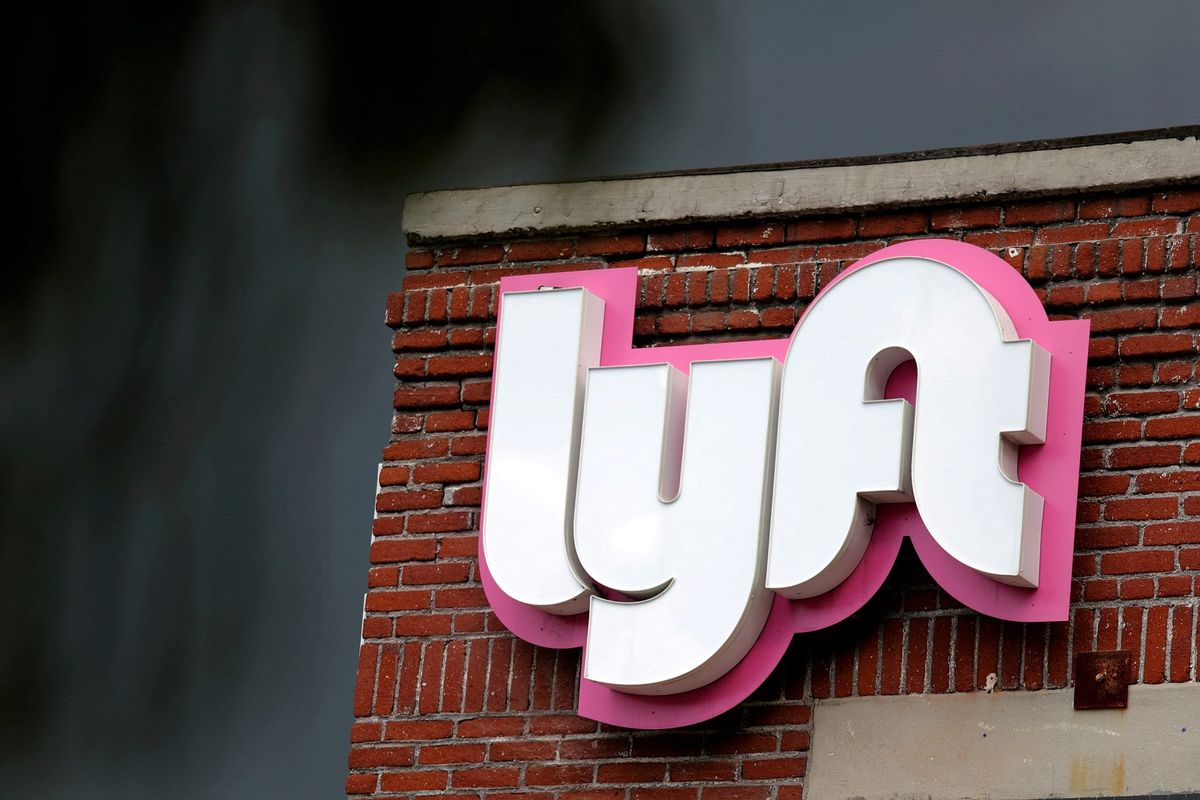The ridesharing rivalry between Uber and Lyft continues

A few minutes every morning is all you need.
Stay up to date on the world's Headlines and Human Stories. It's fun, it's factual, it's fluff-free.
Competition between ridesharing platforms Uber and Lyft isn’t anything new. But, over the years, Uber has been diversifying its services. No longer just a glorified taxi, Uber now offers food and grocery deliveries, car rentals and more. Meanwhile, Lyft has stayed more singularly focused and localized in its niche, mostly available in the US.
Now, Lyft’s business approach is starting to affect its market attractiveness. Analysts say its revenue will hit less than a third of Uber’s ridesharing component alone this year. So even though ridesharing is more popular now than during peak pandemic times, Lyft doesn’t seem to be making up for lost time.
Marketwise, UBS analysts expect Lyft to grow its revenue by 18% per year for the next two years, but it expects Uber to hit 21% growth each year. With Uber entering new sectors, aiming at transitioning taxi drivers to its platform and offering better benefits for drivers, it should expect share gains over time.
Key comments:
“We see Lyft benefitting from a continued recovery coming out of COVID in the near term but we are on the sidelines for the stock as we think that the company’s LT growth algo is structurally lower in the core ridesharing business than the Street is modeling," said UBS analyst Lloyd Walmsley in a note.
“We think that Uber could be continuing to take share in the US, and is benefitting from the stronger recovery in international markets," said Bank of America Securities analysts.




Comments ()